House of Stuart & The Commonwealth AD 1603-1685
Medieval House of Stuart coins for sale.
Following the accession of James VI Stuart of Scotland to the English throne in 1603 as James I, the royal titles and coat of arms on the coinage was altered accordingly. Reduction of the weight of the gold pound in 1604 led to the issue of a new coin, the Unite. This was later replaced in 1619 by a lighter twenty shilling piece, the Laurel.
Notable also was the introduction of copper farthings struck under licence granted to Lord Harington of Exton in 1613, driven by public pressure for a low value coinage. The Duke of Lennox subsequently took over this authorisation.
During the reign of Charles I, a diverse coinage reflected political and economic changes. Good quality machine manufactured coins were produced by the frenchman Nicholas Briot, but the process was still not fast enough to replace hand striking. Noteworthy is that a mint to utilize Welsh mined silver was set up at Aberystwyth in 1637 and copper farthings continued to be privately minted under license by the Duchess of Richmond and subsequently the heir to the Earl of Arundel, Henry Howard (Lord Maltravers).
The English Civil War (AD 1642-1649) brought about the opening of mints in some provincial towns under Royalist control. Charles’ ‘Declaration’ of 1642 is shown abbreviated on many pieces minted at this time, known as ‘Declaration Pieces’. In addition, impressive, high value issues such as gold triple unites and silver pounds were produced. Also of note are the unusual-shaped emergency issues struck during the sieges of Newark, Pontefract and other towns.
Following the execution of Charles I, The Commonwealth under Oliver Cromwell, issued coins with English inscriptions. The Unite continued as the highest value gold coin and the crown in silver; the last silver halfpenny was issued during this period. Cromwell, as Lord Protector, authorised a series of machine produced portrait coins in gold, silver and copper, though few circulated.
Following the restoration of the monarchy under Charles II, the ancient process of hand hammered coining was finally superceded in 1663 by milling machines. Coins of Charles II struck in this way will be found in our ‘Milled coins’ section.
Showing 1–40 of 115 results
-
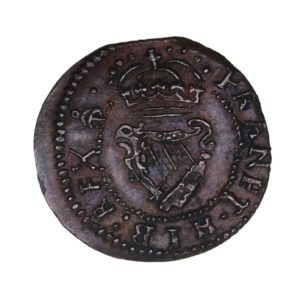
Charles I AD 1625-1649 Copper Farthing
£145.00Code: MM446
View Item -
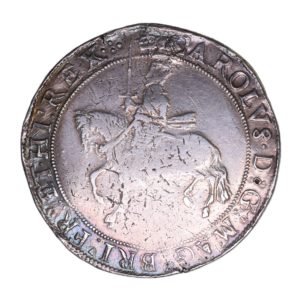
Charles I AD 1625-1649 Silver Crown
£1,350.00Code: LM1017
View Item -
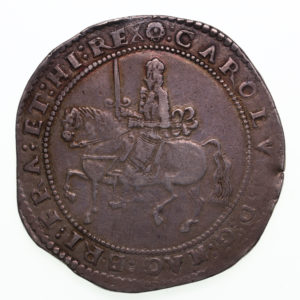
Charles I AD 1625-1649 Silver Crown The Civil War Exeter
£2,500.00Code: NM540
View Item -
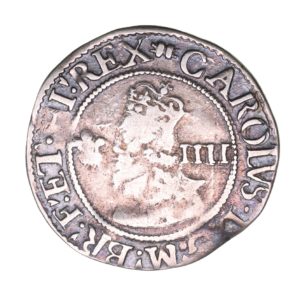
Charles I AD 1625-1649 Silver Groat Aberystwyth
£135.00Code: MM445
View Item -
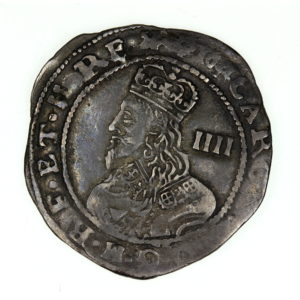
Charles I AD 1625-1649 Silver Groat Provincial series AD 1644 Exeter
£675.00Code: CM661
View Item -
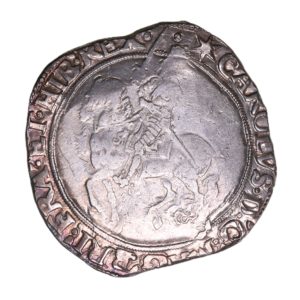
Charles I AD 1625-1649 Silver Halfcrown
£165.00Code: LM1019
View Item -
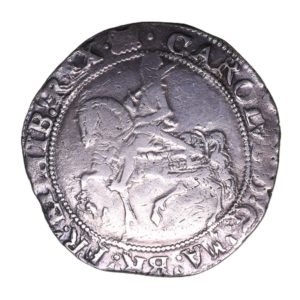
Charles I AD 1625-1649 Silver Halfcrown
£250.00Code: LM1022
View Item -
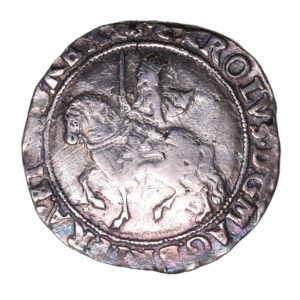
Charles I AD 1625-1649 Silver Halfcrown
£225.00Code: LM1023
View Item -
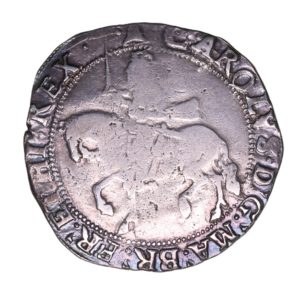
Charles I AD 1625-1649 Silver Halfcrown
£145.00Code: LM1024
View Item -
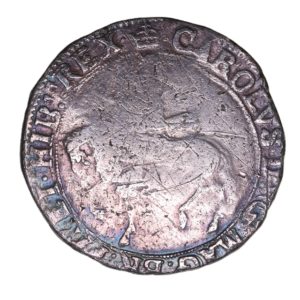
Charles I AD 1625-1649 Silver Halfcrown
£110.00Code: LM1025
View Item -
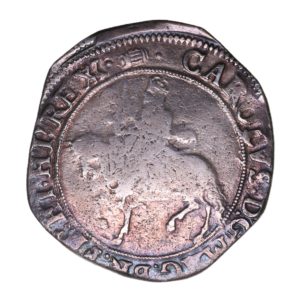
Charles I AD 1625-1649 Silver Halfcrown
£145.00Code: LM1027
View Item -
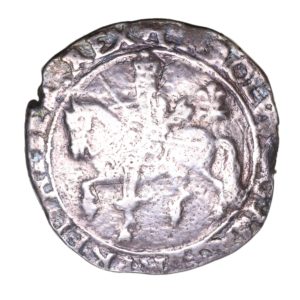
Charles I AD 1625-1649 Silver Halfcrown Bristol AD 1644 English Civil War
£595.00Code: LM1035
View Item -
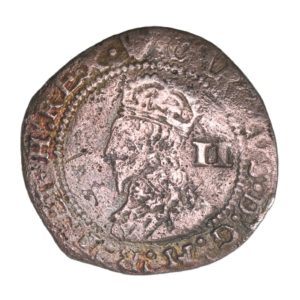
Charles I AD 1625-1649 Silver Halfgroat
£89.00Code: LM1067
View Item -
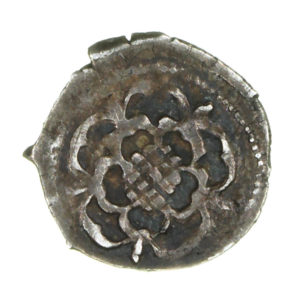
Charles I AD 1625-1649 Silver Halfpenny
£69.00Code: NM346
View Item -
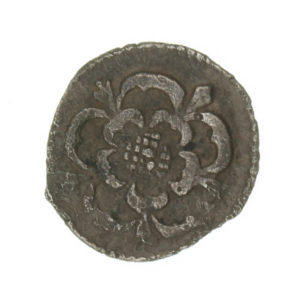
Charles I AD 1625-1649 Silver Halfpenny
£69.00Code: NM516
View Item -
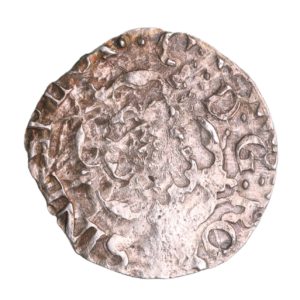
Charles I AD 1625-1649 Silver Penny
£79.00Code: LM1068
View Item -
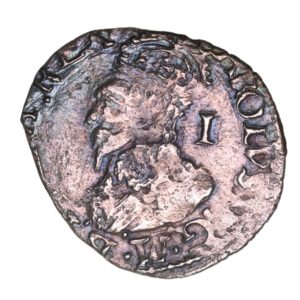
Charles I AD 1625-1649 Silver Penny
£89.00Code: LM1069
View Item -
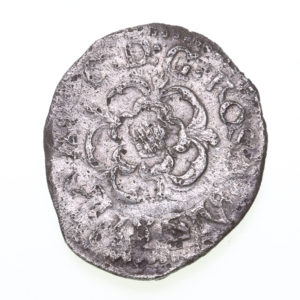
Charles I AD 1625-1649 Silver Penny Tower under King
£69.00Code: LM16
View Item -
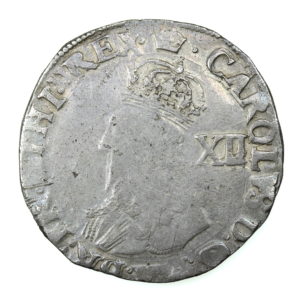
Charles I AD 1625-1649 Silver Shilling
£145.00Code: GM626
View Item -
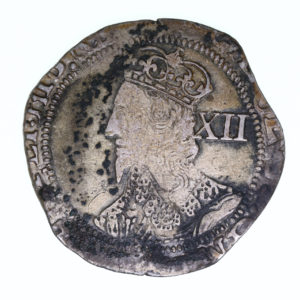
Charles I AD 1625-1649 Silver Shilling
£125.00Code: LM295
View Item -
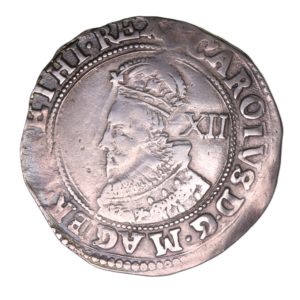
Charles I AD 1625-1649 Silver Shilling
£325.00Code: LM1047
View Item -
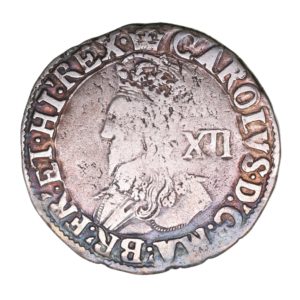
Charles I AD 1625-1649 Silver Shilling
£175.00Code: LM1050
View Item -
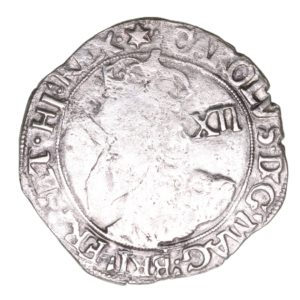
Charles I AD 1625-1649 Silver Shilling
£79.00Code: LM1052
View Item -
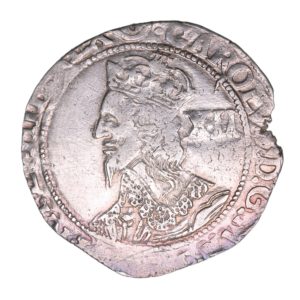
Charles I AD 1625-1649 Silver Shilling
£195.00Code: LM1053
View Item -
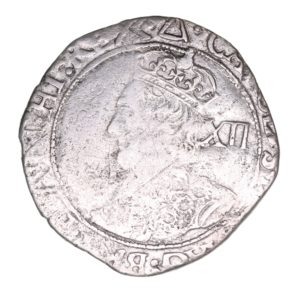
Charles I AD 1625-1649 Silver Shilling
£79.00Code: LM1055
View Item -
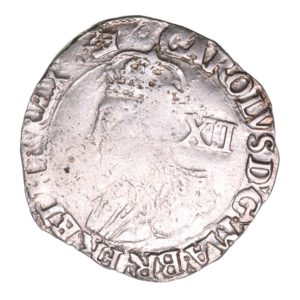
Charles I AD 1625-1649 Silver Shilling
£79.00Code: LM1056
View Item -
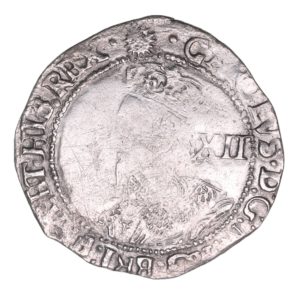
Charles I AD 1625-1649 Silver Shilling
£89.00Code: LM1057
View Item -
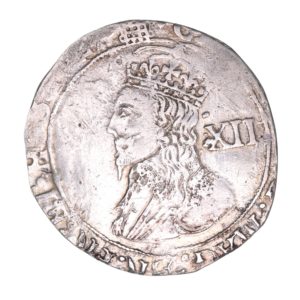
Charles I AD 1625-1649 Silver Shilling
£165.00Code: LM1059
View Item -
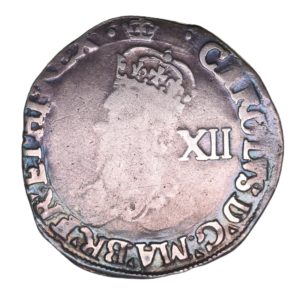
Charles I AD 1625-1649 Silver Shilling
£89.00Code: LM1060
View Item -
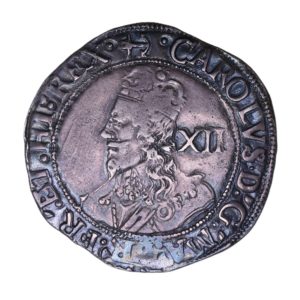
Charles I AD 1625-1649 Silver Shilling Group E
£375.00Code: MM414
View Item -
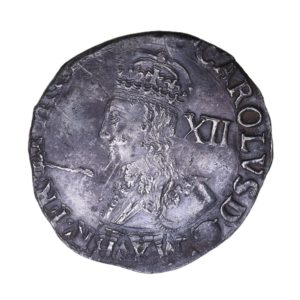 New Listing
New ListingCharles I AD 1625-1649 Silver Shilling Tower under King
£125.00Code: MM599
View Item -
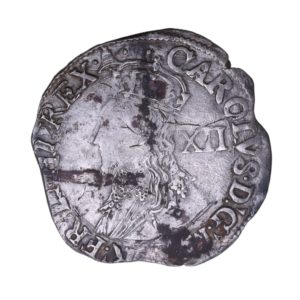 New Listing
New ListingCharles I AD 1625-1649 Silver Shilling Tower under King
£99.00Code: MM600
View Item -
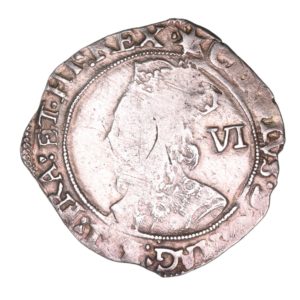
Charles I AD 1625-1649 Silver Sixpence
£79.00Code: LM1062
View Item -
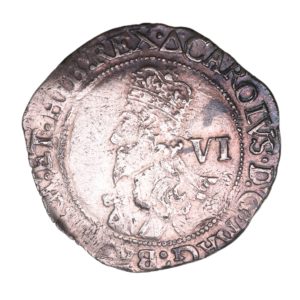
Charles I AD 1625-1649 Silver Sixpence
£165.00Code: LM1064
View Item -
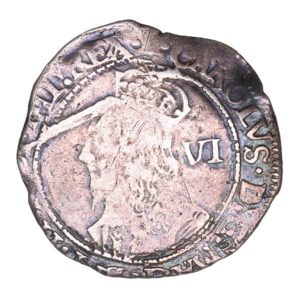
Charles I AD 1625-1649 Silver Sixpence
£89.00Code: LM1065
View Item -
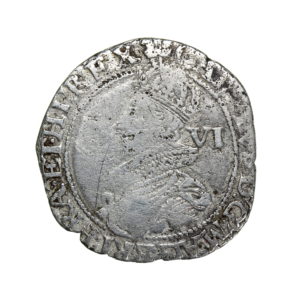
Charles I AD 1625-1649 Silver Sixpence 3rd Bust mm. Plume
£125.00Code: HM166
View Item -
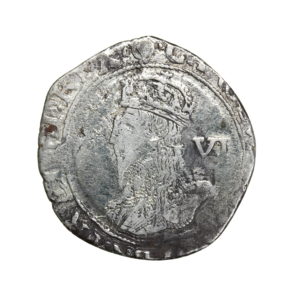
Charles I AD 1625-1649 Silver Sixpence 4th Bust mm. Harp
£125.00Code: HM168
View Item -
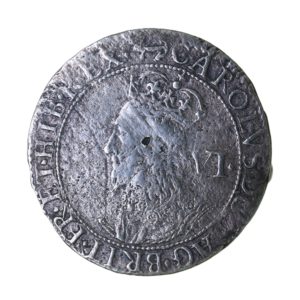
Charles I AD 1625-1649 Silver Sixpence Nicholas Briots 2nd Milled issue
£195.00Code: LM1031
View Item -
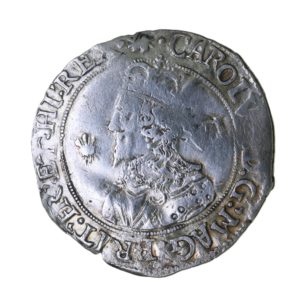
Charles I AD 1625-1649 Silver Sixpence Oxford AD 1644 English Civil War
£675.00Code: LM1038
View Item -
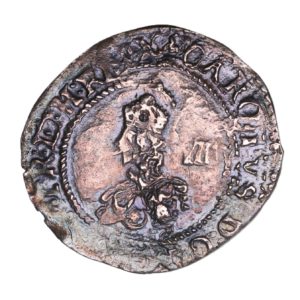
Charles I AD 1625-1649 Silver Threepence Oxford AD 1644 English Civil War
£495.00Code: LM1039
View Item






